ATS. Unfortunate meteor
The Rarest Brands in the Top 100 Collections
Photo credit: RM Sotheby’s, Wheelsage
When the ATS Tipo 100 Formula 1 car was presented at Hotel Baglioni in Bologna, in the winter between 1962 and 1963, there was a small detail that did not escape the attention of the media and gave everyone an indication of the precariousness of a project that was as ambitious as it was reckless. The engineer Carlo Chiti, who had left Ferrari a few months earlier, while praising his new-born creature, mentioned its compactness and its low drag coefficient.
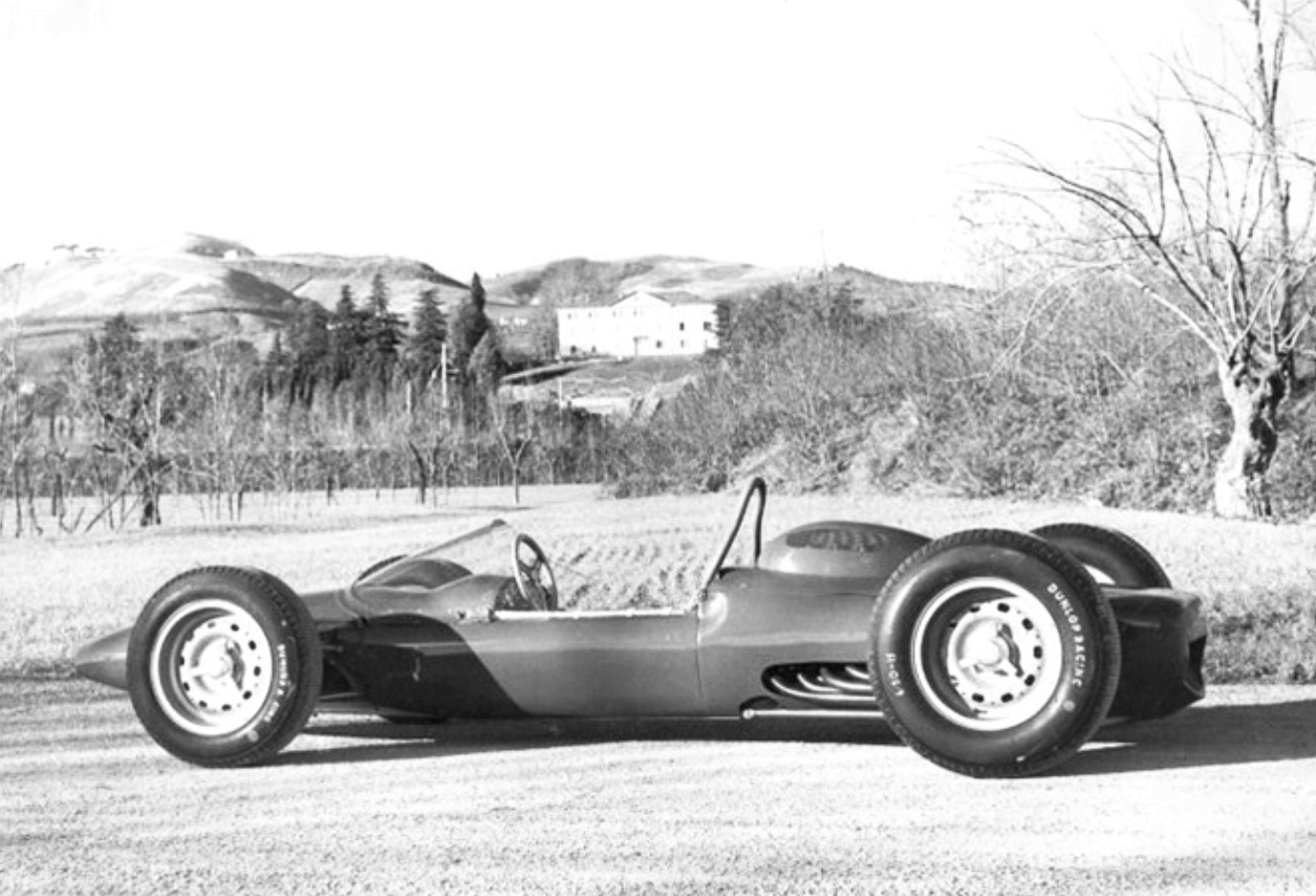
Indeed, the car appeared decidedly more streamlined than its competitors, back when the maximum displacement of Formula 1 was just 1,500 cc and this requirement was a strategic one. But there was a catch, one that tried in vain to hide the significant financial problems that loomed over the new Bolognese brand: the car had fuel tanks so small it would never have completed a Grand Prix race. The faces of the drivers of the new or constructor, Phil Hill who had been World Champion with Ferrari in 1961, and Giancarlo Baghetti, winner of the French Grand Prix again with Ferrari in the same year, betrayed the apparent enthusiasm of Chiti and Giorgio Billi, the financier behind the company.
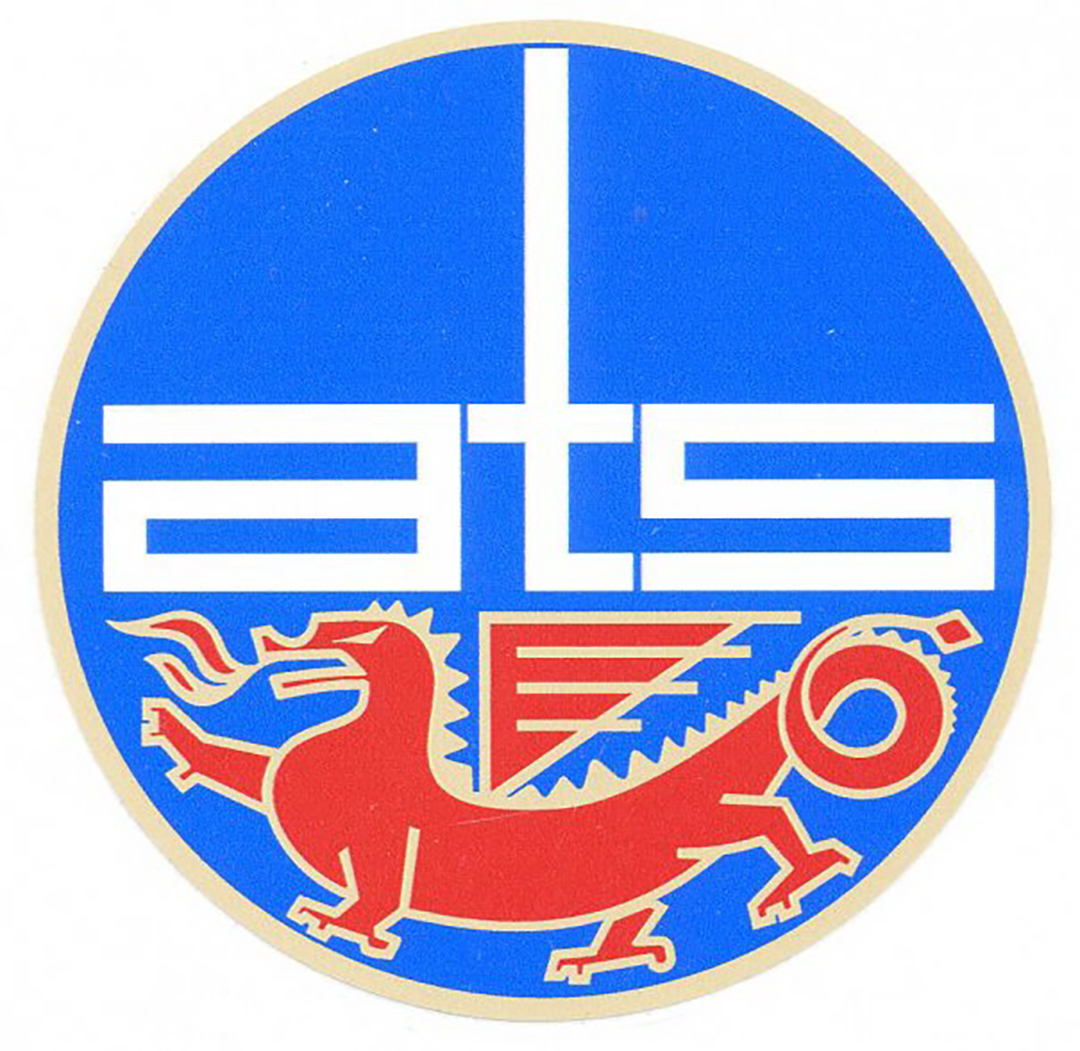
We mentioned that the ATS project was both ambitious and reckless. It was ambitious because it wanted to show that a handful of men who left Ferrari could reverse the fortunes of the Maranello manufacturer. In fact, ATS didn’t only have its sights set on success in Formula 1, but also on the road car sector where Ferrari dominated.

It was reckless because a project like this would have required enormous financial resources. Resources that, after notable disagreements between the partners that included the industrialist Billi, Count Volpi di Misurata – known for his wealth that had allowed the cars of his Scuderia, the Serenissima to shine – and the powerful Bolivian mining magnate, Jaime Ortiz-Patiño, soon dried up. The three went their separate ways and Billi became the sole financier of a project that had become unsustainable.
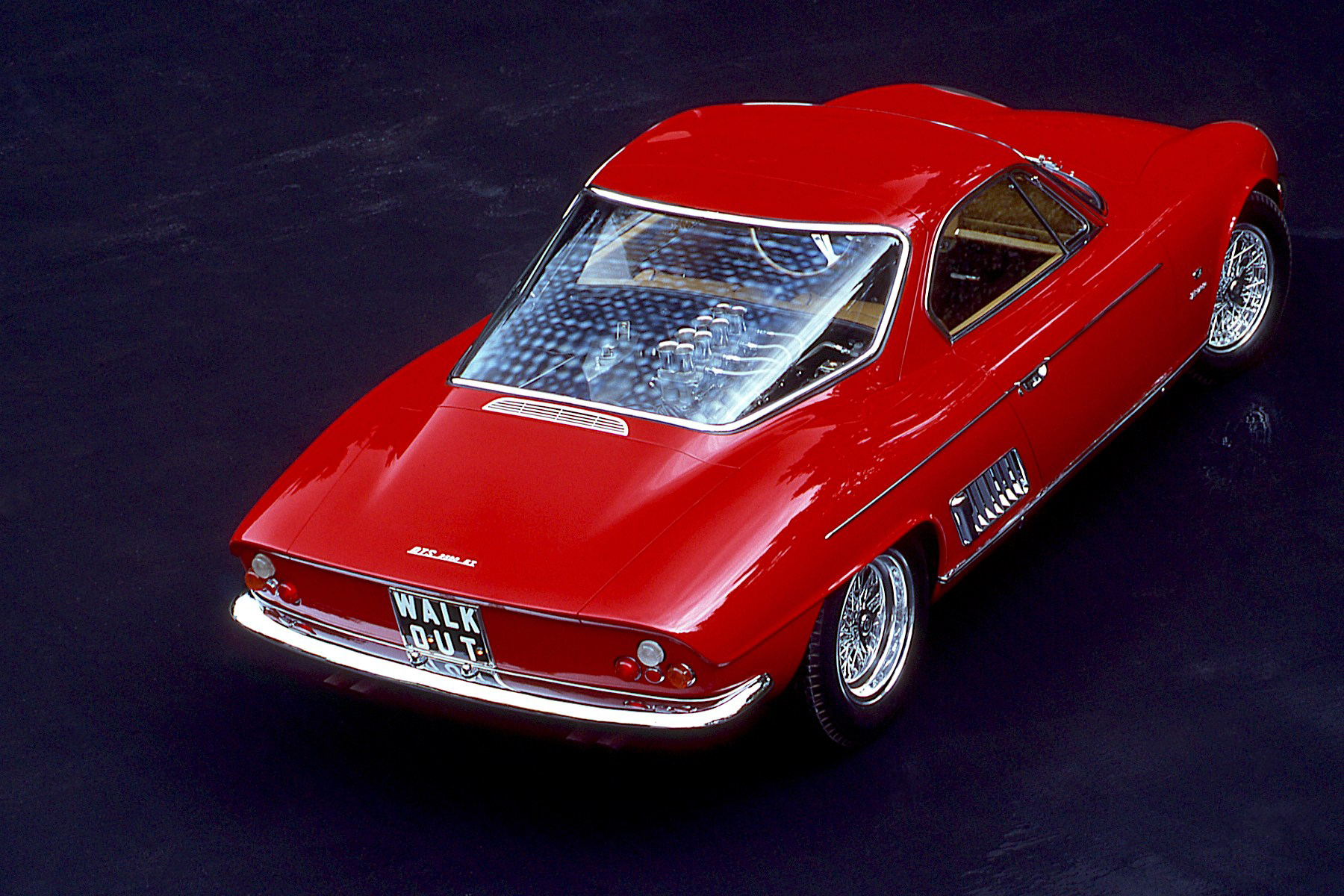
With a disastrous season in 1963, the troubles in Formula 1 also tarnished the future of the beautiful road car project, the ATS 2500GT. Masterfully designed by Franco Scaglione, the car was clearly ahead of its time, with its 90° V8 rear mid-engine and dry sump, and a ‘Superleggera’ racing version was also built that weighed just 750kg (declared, but then after filling the tanks…), and yet it never really took off. Only ten of these jewels were ever made of which some were never fully completed.
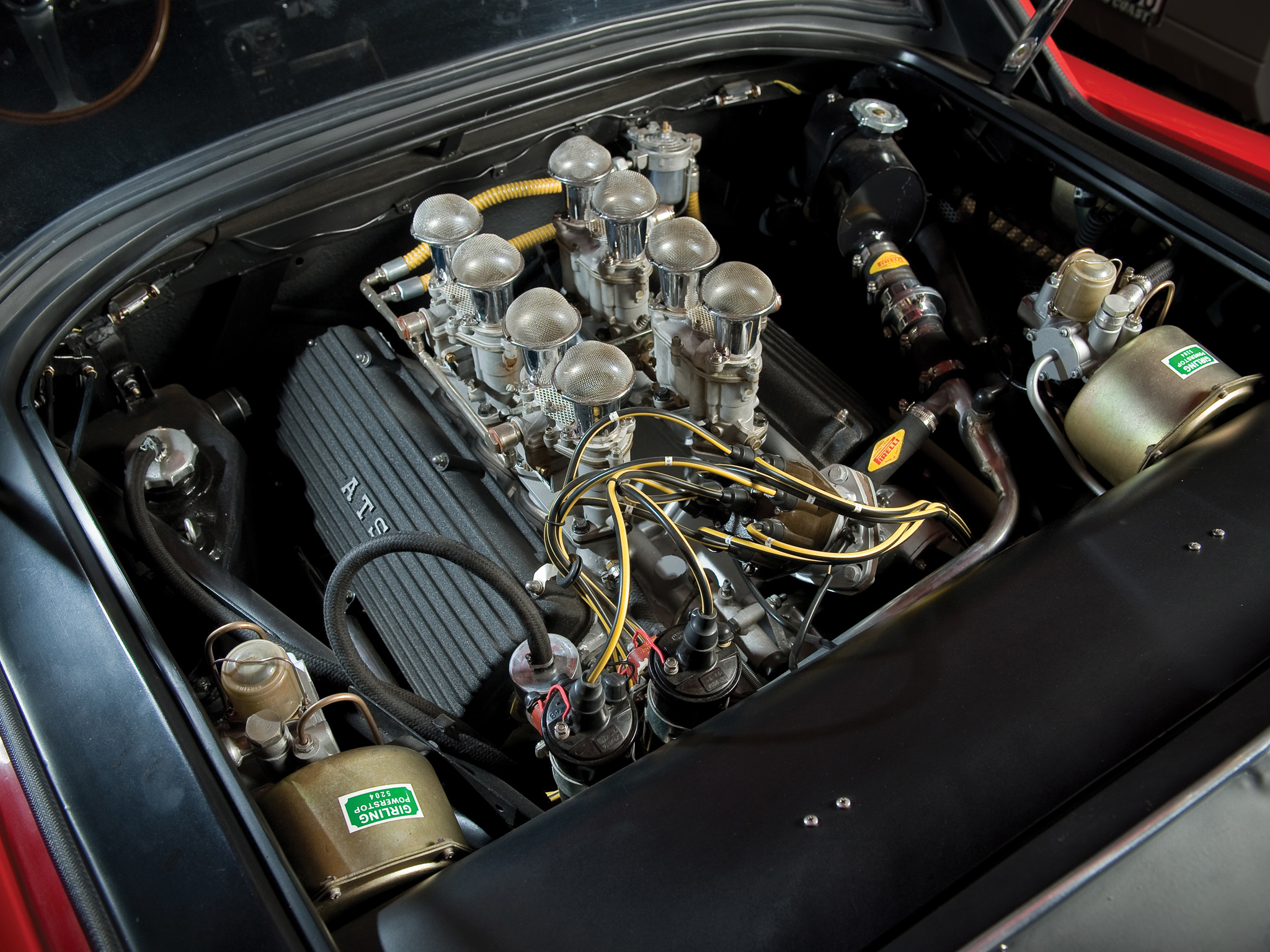
Too bad, considering that Giotto Bizzarrini had also worked on it, another of the eight managers that Ferrari had fired in the winter of 1961 for the famous disagreement caused by the behaviour of his wife Laura.
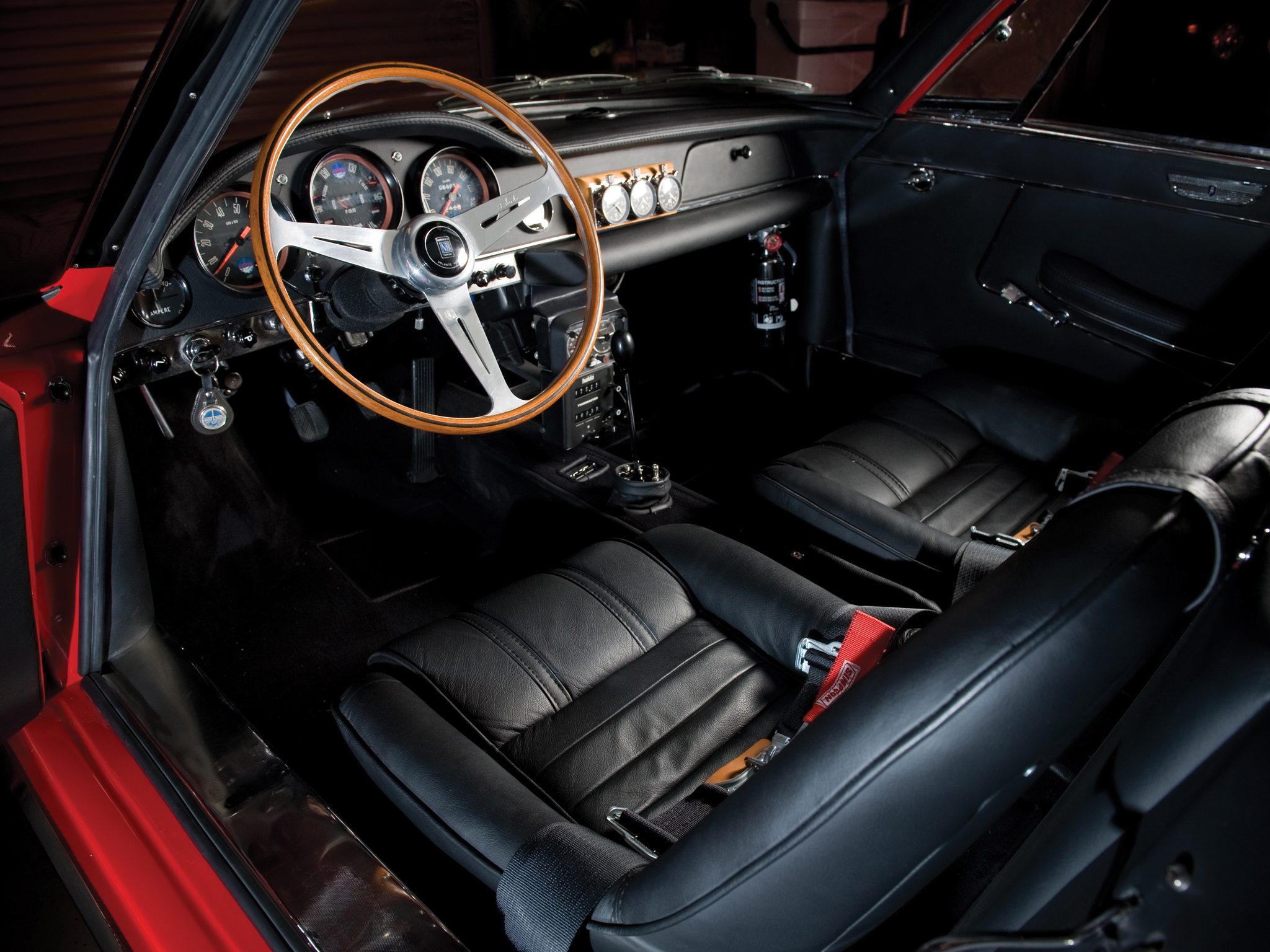
A story that confirms the saying that cars, even if they are works of art, require means that far exceed the cost of a canvas and paint, or the marble used to make a sculpture.
In the case of ATS, for the collector who managed to take one home, the ATS 2500GT remains a piece that combines history, talent and uniqueness. Just like the finest art.
